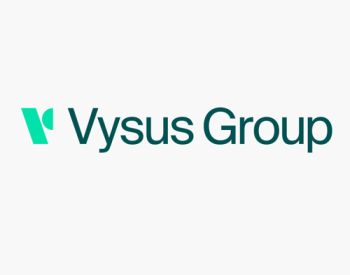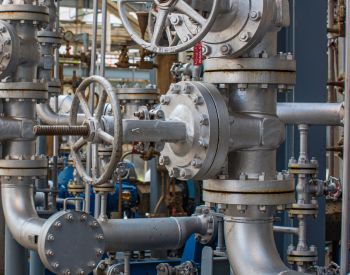Client
Upstream client operating in Gulf of Mexico
Asset
Subsea equipment
Location
USA
Client challenge
Our client operating oil drilling wells in the Gulf of Mexico approached us to conduct an independent third party (I3P) review of original equipment manufacturer's (OEM) subsea wellhead (SWH) as required by Bureau of Safety and Environmental Enforcement (BSEE) per its notice to lease (NTL). The scope of the I3P review was to provide a report to BSEE highlighting that the NTL criterion is met and Application for Permit to Drill (AP) be granted to the client.
The I3P review report was to conclude if the equipment was manufactured and fabricated with proper materials and if they are fit-for-purpose (FFP). The fabrication of equipment may involve use of corrosion resistant alloy (CRA) cladding to critical junctions and our scope was to review the welding procedures and approve them to be FFP. The coatings if applied ought to meet the criteria laid out in NTL and I3P review report was to highlight if it was FFP.
How we helped
Vysus Group performed extensive review of OEM materials specifications and standards to assess for any gaps from the design standpoint. Design drawings were reviewed to closely review service conditions in each corner of the component during drilling and production stages. National Association of Corrosion Engineers (NACE) published standards for these services lay out design requirements OEM has to meet and the review was targeted to ensure compliance with these standards. Welding procedures were reviewed when design drawings indicated CRA. Coating specifications mentioning the coating material and brand were reviewed to ensure the service conditions are suitable to keep the coating long-term for the service life of the component under seawater conditions.
One of the key components of our review was to identify the material strength and derating factors required by mechanical engineers to conduct their component thickness and strength calculations to ensure stability under application pressures and temperatures. This requirement is key to the principle that the derated strength must be above the maximum required for operational life of the SWH.
Powerful results
Review of OEM material specifications noted that materials chosen for construction were compliant with service. In case of any normal or abnormal upsets, the change in conditions was checked with the client and noted to have sufficient contingency to avoid any ecological disaster. Welding procedures were reviewed to note for proper welding practices with noted results to sustain the ductility, strength and corrosion resistance desired. Coating applied and their specification reviews noted rugged selection of coating which will sustain integrity under aggressive seawater conditions and also not show any signs of galling for the service life of the SWH. In the nutshell, the entire scope of materials as required per NTL by BSEE was concluded to be FFP.
The result of the I3P report was successful permit to enable to client to drill in the Gulf of Mexico.


